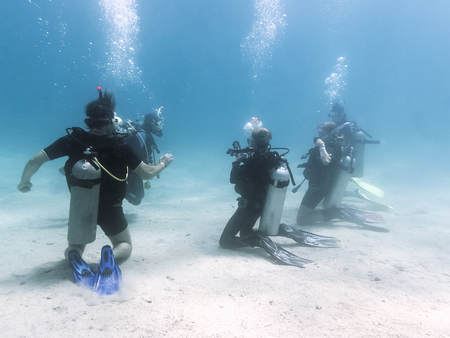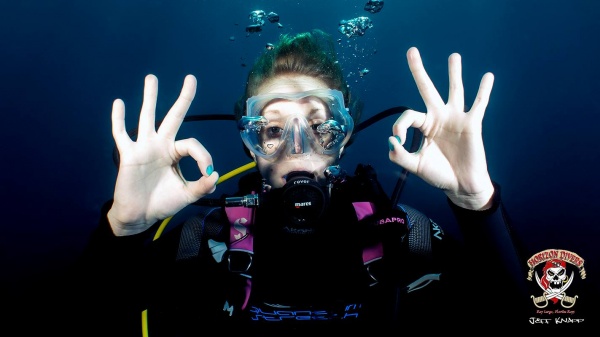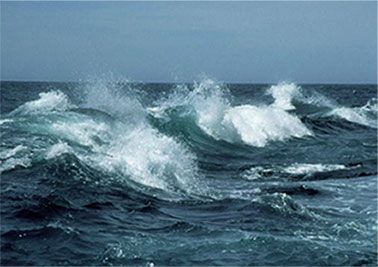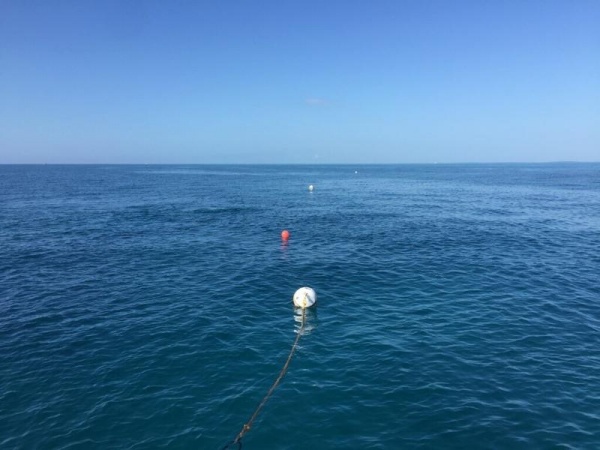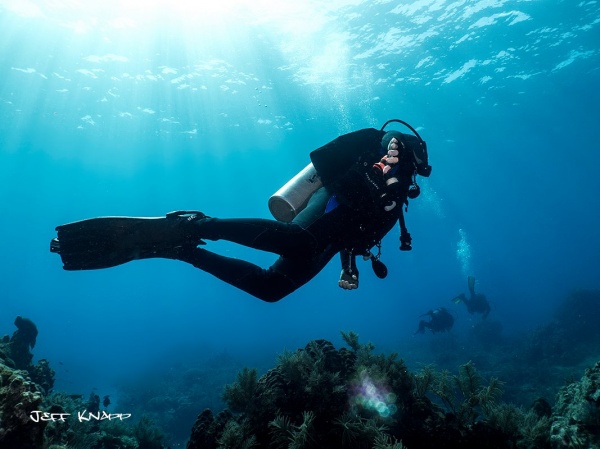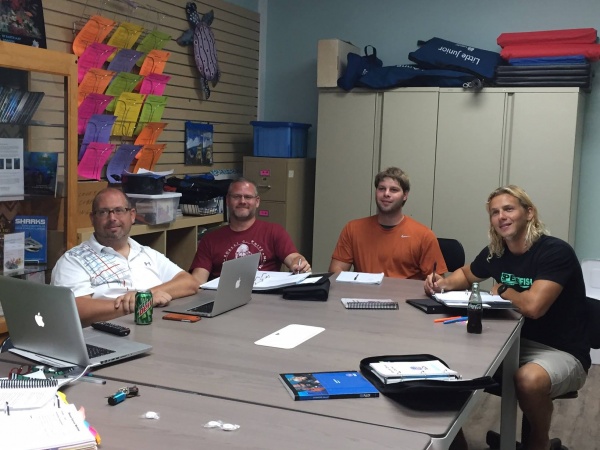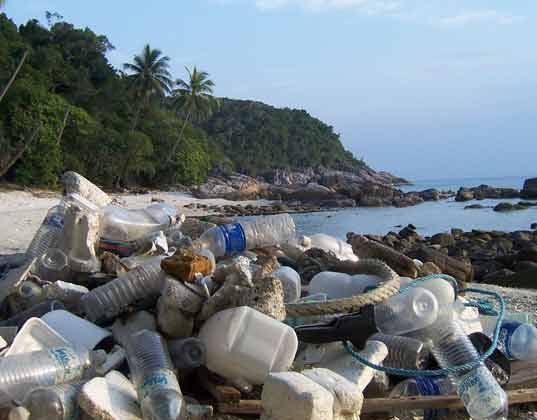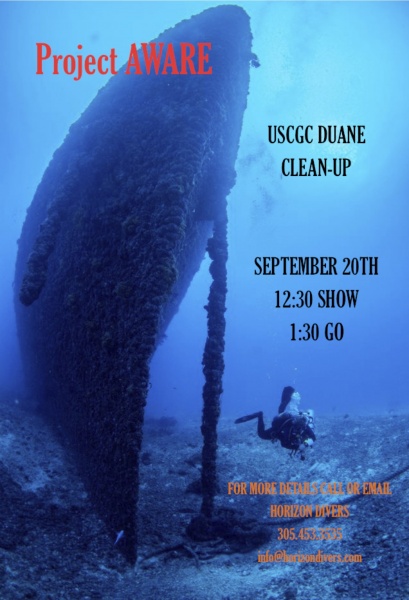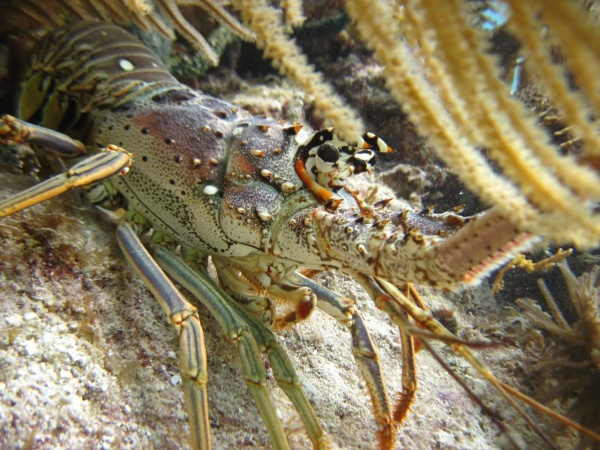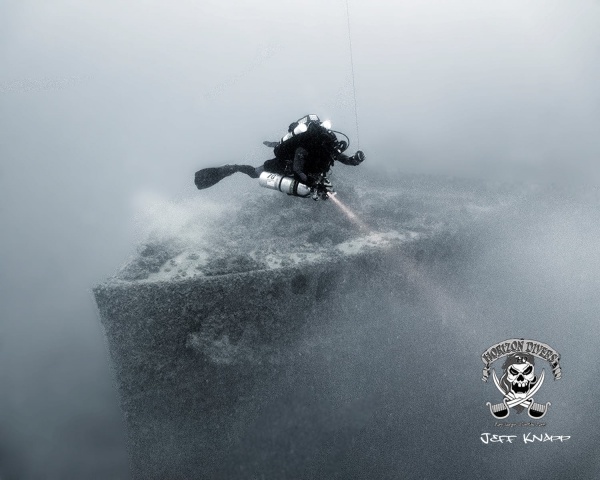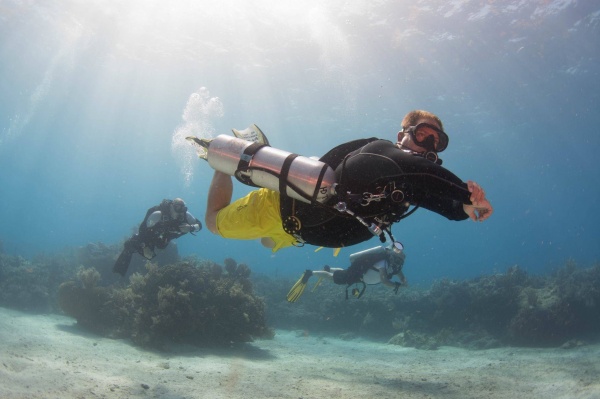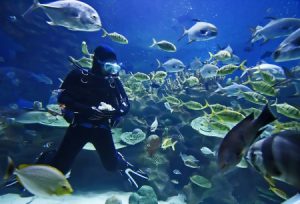 As a diver, there are few things more exciting than having the opportunity to interact closely with the colorful and curious marine life that inhabits our oceans. Coming face to face with aquatic wildlife can be a thrilling and humbling experience, but it’s important to remember that we are just visitors in these creatures’ homes. When divers are careless in their interactions with aquatic species, it can have unintended consequences on their health and well-being. In some cases, it can also put the divers’ safety at risk. But by keeping a few simple guidelines in mind, you can enjoy safe, respectful interactions with marine life during your next dive.
As a diver, there are few things more exciting than having the opportunity to interact closely with the colorful and curious marine life that inhabits our oceans. Coming face to face with aquatic wildlife can be a thrilling and humbling experience, but it’s important to remember that we are just visitors in these creatures’ homes. When divers are careless in their interactions with aquatic species, it can have unintended consequences on their health and well-being. In some cases, it can also put the divers’ safety at risk. But by keeping a few simple guidelines in mind, you can enjoy safe, respectful interactions with marine life during your next dive.
Move slowly and quietly.
You won’t be able to catch much more than fleeting glimpses of marine animals if you’re scaring them off with loud noises and sudden movements. Generally speaking, it’s much easier to observe these creatures when you approach them slowly and quietly. You might even try to remain completely still and let their innate curiosity bring them to you.
Don’t touch or pursue marine life.
Touching and chasing wildlife can not only be very stressful for marine animals, but also promote disease transmission and damage protective coatings on their bodies. If you’re lucky enough to get close to these creatures during your dive, be careful not to touch them or pursue them through their environment.
Be especially mindful of the sea floor.
The bottom of the ocean is occupied by a diverse population of marine animals, including corals, sponges, stingrays and more. Some of these organisms are very fragile and can be easily damaged by contact with humans. Keep your distance from the sea floor whenever possible and avoid disturbing the sediment with your fins.
Don’t take souvenirs back to the surface.
The only things you should ever take back from a dive are photos and trash. Any flora and fauna you find in the ocean should stay there, even if it’s dead. In addition to being irresponsible, removing marine life from the ocean is also illegal in some places.
Interested in joining our talented team of divers in the waters of Key Largo, Florida? We’d love to have you! Give us a call or contact us online to schedule your next dive today.

